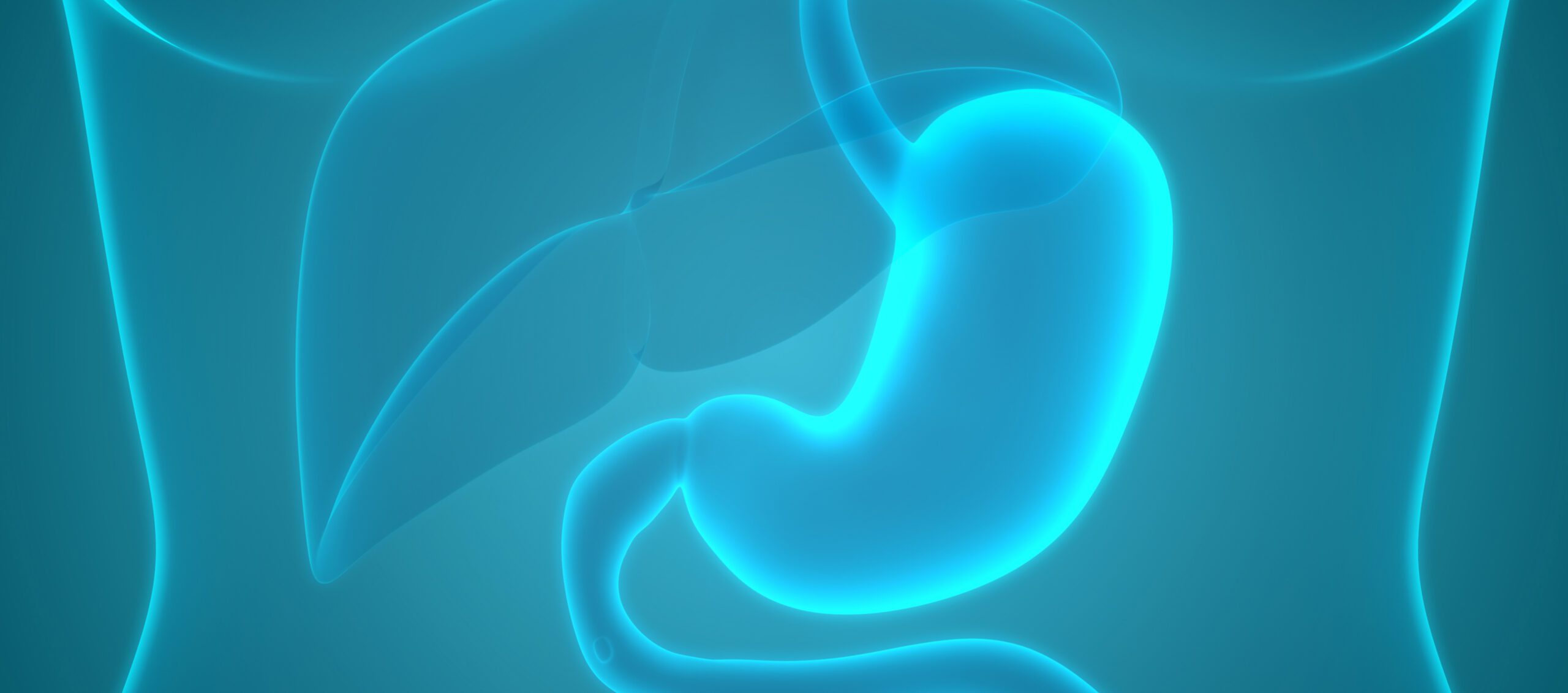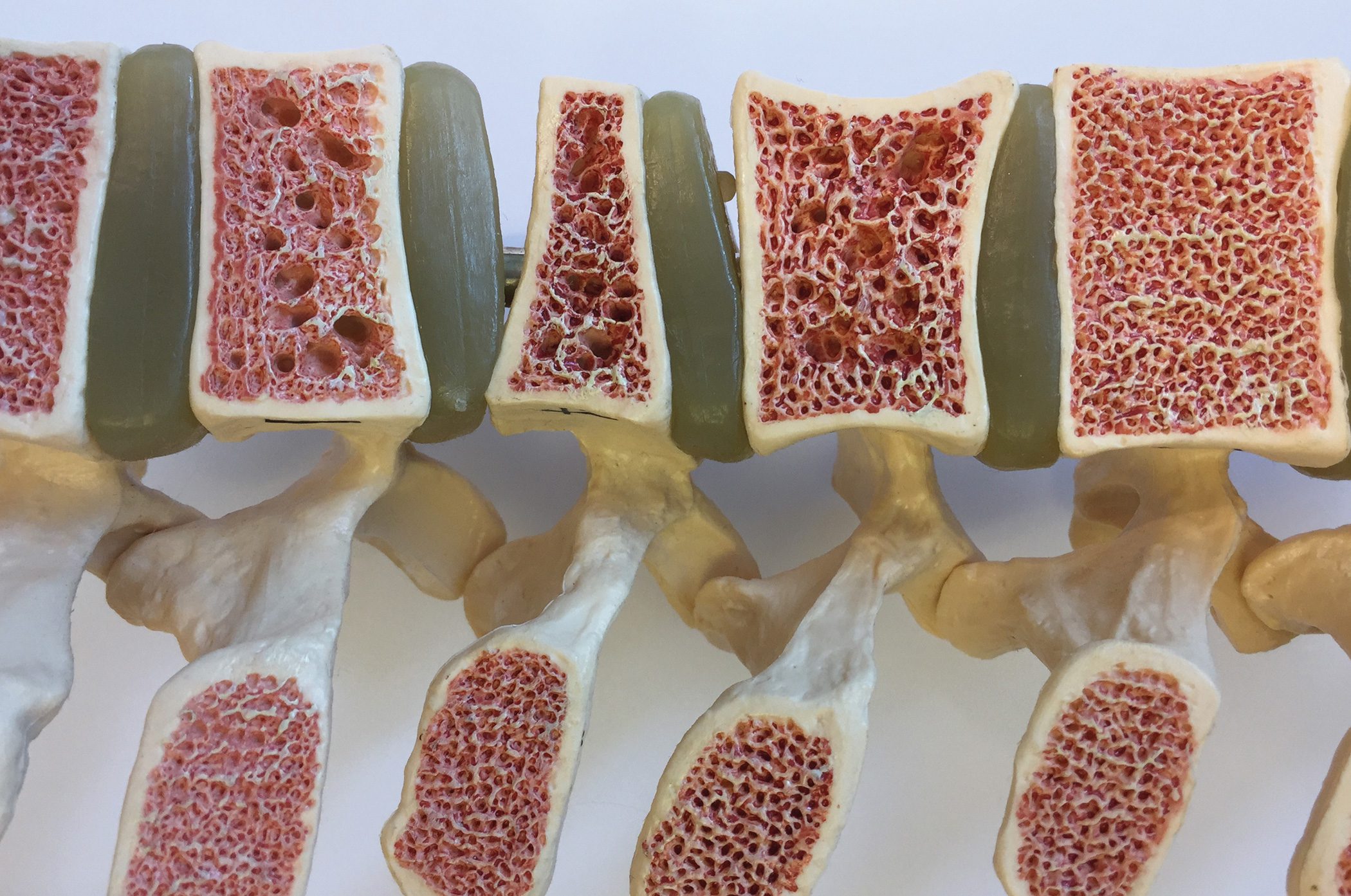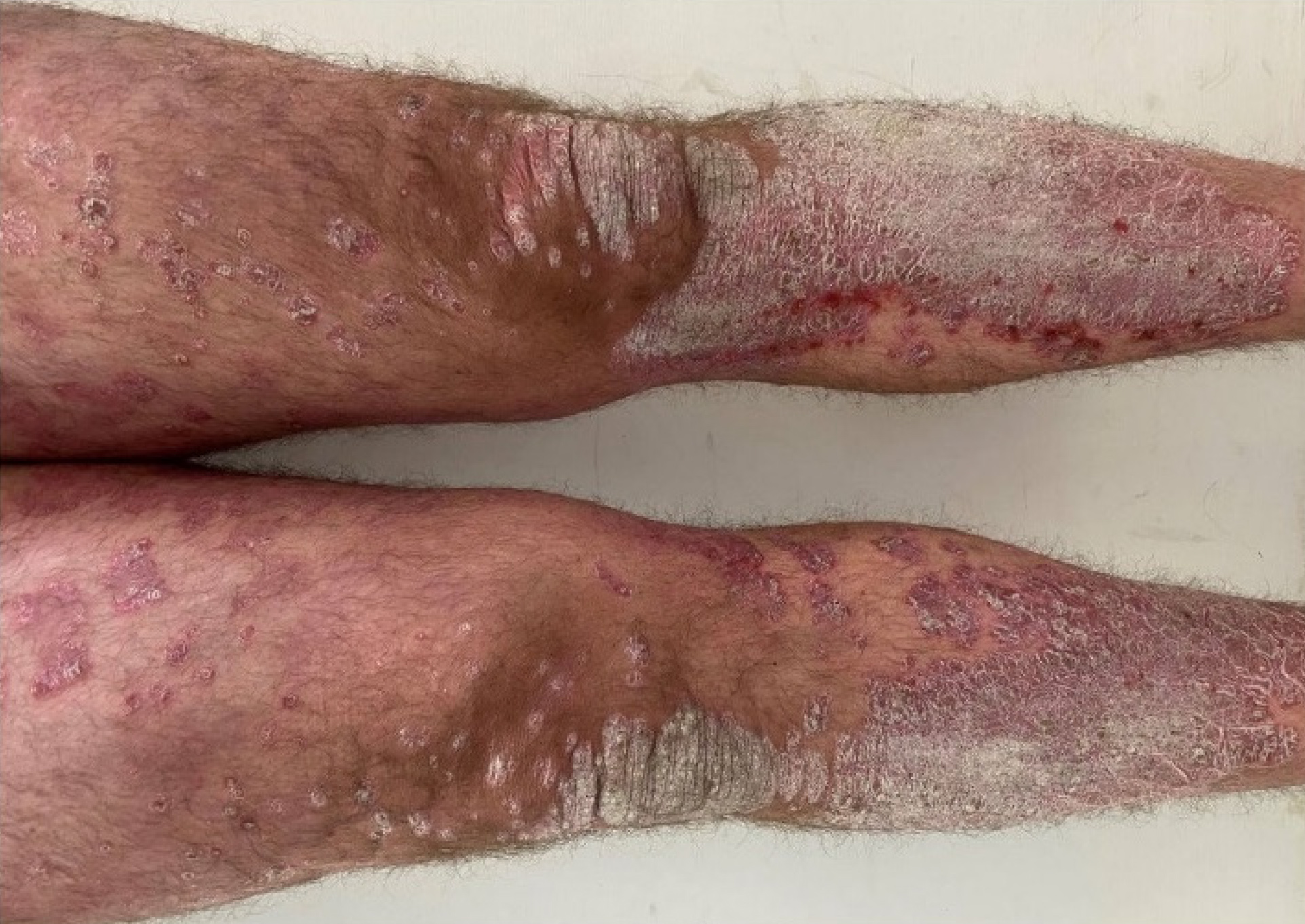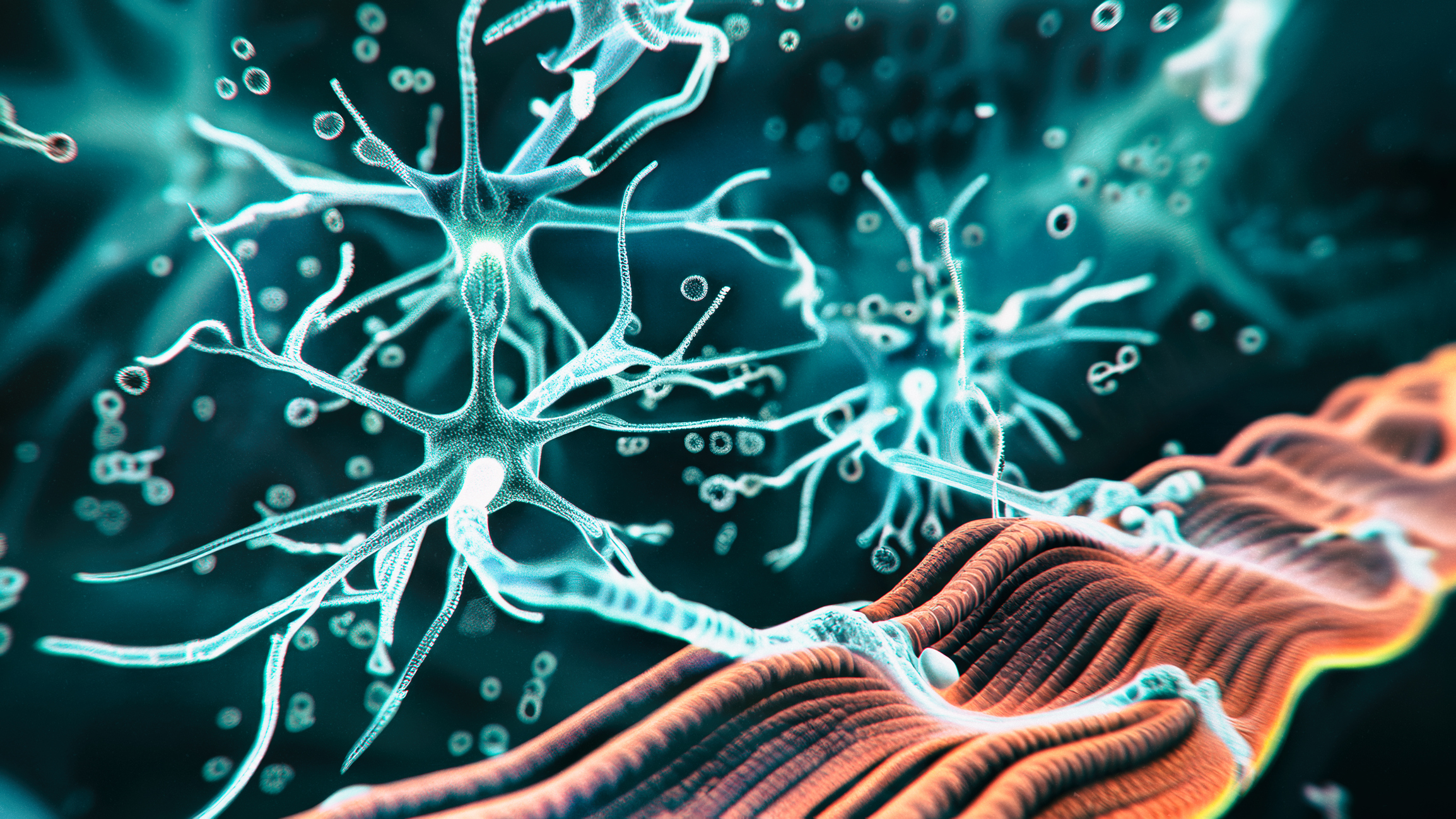In the context of molecular allergy diagnostics, IgE antibodies against individual allergen components are determined. This offers added value, especially for patients with multiple sensitizations. Allergen-specific immunotherapy is available in this country for inhalant allergies and insect venom allergy. Food allergies are still treated in everyday practice by means of targeted elimination diets. In rare “Drug Reaction with Eosinophilia and Systemic Symptoms,” there are case reports of interleukin(IL)-5 and IL-5R as novel therapeutic targets.
The most common IgE-mediated immediate-type allergies include rhinoconjunctivitis allergica with/without asthma, insect venom allergies, and food allergies. These reaction patterns, also known as type 1 allergies, are based on complex gene-environment interactions and immunologically mediated hypersensitivity [1]. After initial sensitization against defined (glyco)proteins, the invaded allergen triggers specific IgE production as part of a T-helper type 2 (Th2) immune response. Not only allergic overreaction, but also allergen-specific immunotherapy (AIT) is based on the interaction of diverse cells and mediators. AIT aims to change the immune system in order to alleviate allergy symptoms in the long term, explained Prof. Peter Schmid-Grendelmeier, MD, allergy expert and senior physician at the University Hospital Zurich [2]. Currently, various allergen extracts are available in Switzerland for allergic rhinoconjunctivitis, allergic asthma and anaphylactic reactions to insect venom. These are administered subcutaneously (SCIT) or sublingually (SLIT), usually over 3 years. AITs for the treatment of food allergies have not yet been approved in this country. An oral preparation for the therapy of anaphylactic reactions to peanut has been on the market in the USA and the EU for several years. Foods are complex allergen sources and contain diverse (glyco-/lipo-) proteins that act as allergens [20]. Regarding modern allergen diagnostics, the EEACI Molecular Allergology Users Guide 2.0 summarizes the most important clinically relevant aspects [2,17]. Molecular allergy diagnostics is an important step towards personalized treatment.
In complicated cases, a multiplexing method can be helpful
Multiplex IgE determination provides comprehensive allergen screening with simultaneous testing for numerous allergens. The ImmunoCAP™ ISAC assay is an example of a multiplet test for specific IgE against different allergen components [3]. In addition, today there are also rapid procedures such as the ImmunoCAP Rapid, the speaker reported [2]. This is a point-of-care test to confirm or rule out allergies, with the test providing an answer within 20 minutes [4]. Another multiplex method is the Allergy Explorer Alex2 test. This can simultaneously measure total IgE and detect specific IgE antibodies to 282 allergens applied to a microchip [5].
Insect proteins as a source of allergens?
In Switzerland, mealworms, crickets and grasshoppers have been permitted for consumption since 2017. The product range extends from burgers to snacks of various kinds. However, the insects or insect powder must be clearly declared as such on the list of ingredients [6]. Insects eaten as food contain similar proteins to mollusks or crustaceans; therefore, allergic reactions can occur when they are eaten, explained Prof. Schmid-Grendelmeier. For example, mealworm proteins appear to be similar in structure to those found in crabs, shrimp, or prawns [7]. Again, cross-reactivity can occur with proteins that are structurally similar or biologically related. It is currently not known how often insects trigger allergic reactions.
New findings on fish allergy
Marine animals are among the most common triggers of food allergies [8]. Although cross-reactivity between fish and seafood is not very common due to different major allergens, the literature suggests that 6-21% of patients are allergic to both fish and shellfish [9]. According to the WHO/IUIS Allergen Nomenclature Sub-Committee, there are currently 12 types of fish allergens (Tab. 1) . In this context, the speaker refers to a publication by Kalic et al. towards. This indicates that each fish species may contain different isoforms of an allergen, which vary in allergenic potential [10]. In addition, there are differences depending on the method of preparation or whether a fish is eaten raw or cooked. Avoidance of all fish species is not always necessary, as some patients may be sensitized to only certain species and allergens [10,11].
Nowadays, skin prick tests, IgE determination and food provocation tests (OFC, Open Food Challenge) are used in clinical practice when fish allergy is suspected. Performing an OFC is useful not only for diagnostic purposes, but also to avoid unnecessary dietary restrictions [10,11]. It was proposed to divide patients with fish allergy into three clusters and to perform an OFC for one or more fish species depending on the cluster. This approach can, in some cases, identify certain fish species that are tolerated by patients with single or multiple sensitization. The three clusters are: (a) polysensitized patients who show allergic reactions based on cross-reactivity of β-parvalbumin, enolase or aldolase to all types of fish; (b) patients with single sensitization who exhibit a selective allergic response to a single species of fish based on a specific epitope of β-parvalbumin; and (c) oligosensitized patients who react to several specific fish species based on enolase and aldolase but without IgE to β-parvalbumin [19].
Elimination diet in EoE: new study.
A randomized, multicenter trial published this year in the journal The Lancet Gastroenterology & Hepatology found that avoiding animal milk alone was as effective as avoiding animal milk plus five other common foods as a measure in adults with eosinophilic esophagitis (EoE). So far, the so-called “Six-Food-Elimination-Diet” is considered a cornerstone of EoE treatment. Accordingly, in addition to dairy products and eggs, affected individuals should also avoid wheat, soy, nuts, fish and shellfish [18]. However, this dietary recommendation is put into perspective by the new study data. The U.S. study, funded by the National Institutes of Health, enrolled 129 adults aged 18 to 60 years with a confirmed diagnosis of EoE, active EoE symptoms, and a high number of eosinophils in esophageal tissue. Participants were randomly assigned to either the 1FED (in which subjects abstained from animal milk only) or the 6FED. Patients adhered to their assigned diet for six weeks and then underwent endoscopic examination of the upper esophagus and esophageal tissue biopsy. This found that after six weeks of diet, 40% of the 62 patients in the 6FED group showed histologic remission compared with 34% of the 67 patients in the 1FED group. This difference of 6 percentage points did not prove significant (95% CI; -11 to 23; p=0.58). Other endpoints, such as reduction in EoE symptoms and effects of the dietary intervention on quality of life, were also similar in the two groups.
DRESS: IL-5 and IL-5R as targets.
Severe systemic drug hypersensitivity reactions such as Drug Reaction with Eosinophilia and Systemic Symptoms (DRESS) are rare but potentially life-threatening. DRESS is a disease associated with eosinophilia and is classified as a type 2 allergic reaction. Symptoms usually set in with a delay of several weeks after the start of therapy with a particular drug. Typical manifestations of DRESS syndrome include rash, high fever, lymphadenopathy, and blood eosinophilia. Other possible features include atypical lymphocytosis and signs of disease related to the involvement of the end organ in question.
In DRESS patients, systemic steroids such as prednisolone are often used in addition to supportive measures [12]. In addition, new treatment options are being researched. Interleukin(IL)-5 plays a central role in the pathophysiology of eosinophilia and has therefore been proposed as a therapeutic target in rare eosinophilic diseases [13]. The basic idea is that inhibition of IL-5 or its receptor by appropriate antibodies (Ak) can reduce blood eosinophilia [14]. Table 2 summarizes two case reports of DRESS patients successfully treated with mepolizumab (anti-IL-5-Ak) and benralizumab (anti-IL5R-Ak), respectively. DRESS patients selected for therapy with anti-IL-5/IL-5R-Ak have in majority failed to respond to systemic steroids [15]. Kridin et al. reported four DRESS patients in a European multicenter cohort study who received therapy with anti-IL-5/IL-5R-Ak, and Gschwend et al. summarized 14 cases of DRESS patients treated with biologics of these drug classes [15,16].
Congress: SGAI Annual Congress
Literature:
- Mahler V, Kleine-Tebbe J, Vieths S: Immuntherapien von Allergien: Aktueller Stand [Immunotherapy of allergies: current status]. Bundesgesundheitsblatt Gesundheitsforschung Gesundheitsschutz 2020; 63(11): 1341–1356.
- «Novel concepts in Allergy», Prof. Dr. med. Peter Schmid-Grendelmeier, SGAI Annual Congress, 25.08.2023.
- ImmunoCAP ISAC Test, Thermo Fisher Scientific, www.thermofisher.com, (letzter Abruf 05.10.2023.
- ImmunoCAP Rapid, Thermo Fisher Scientific, www.thermofisher.com, (letzter Abruf 05.10.2023)
- Synlab: Ärztebroschüre Immunologie, www.synlab.ch (letzter Abruf 05.10.2023)
- «Insekten im Essen – die Regeln dazu», www.konsumentenschutz.ch, (letzter Abruf 05.10.2023).
- Broekman H, et al.: Majority of shrimp-allergic patients are allergic to mealworm. JACI 2016; 137(4): 1261–1263.
- Swoboda I, Kühn A: Das Fischhauptallergen Parvalbumin – vom diagnostischen Marker zur allergenspezifischen Immuntherapie. In: Kühn A, Hilger C (Eds.): Tierallergien. München: Dustri-Verlag Dr. Karl Feistle; 2017: 107–124.
- Cox AL, Eigenmann PA, Sicherer SH: Clinical relevance of cross-reactivity in food allergy. J Allergy Clin Immunol Pract 2021; 9: 82–99.
- Kalic T, et al.: Fish Allergy Around the World-Precise Diagnosis to Facilitate Patient Management. Front Allergy 2021; 2: 732178.
- Mourad AA, Bahna SL: Fish-allergic patients may be able to eat fish. Expert Rev Clin Immunol 2015; 11: 419–430.
- Funck-Brentano E, et al.: Therapeutic management of DRESS: a retrospective study of 38 cases. J Am Acad Dermatol 2015; 72(2): 246–252.
- Shamriz O, et al.: The efficacy of off-label IL-5-modulating treatment in rare eosinophil-mediated diseases. Allergol Int 2021; 70(2): 266–268.
- Rubin L, et al.: Novel targeted inhibition of the IL-5 axis for drug reaction with eosinophilia and systemic symptoms syndrome. Front Immunol 2023; 14: 1134178.
- Kridin K, et al.: Management and treatment outcome of DRESS patients in Europe: an international multicentre retrospective study of 141 cases. J Eur Acad Dermatol Venereol 2023 37(4): 753–762.
- Gschwend A, et al.: Treatment with IL5-/IL-5 receptor antagonists in drug reaction with eosinophilia and systemic symptoms (DRESS). Albergo J Int 2022: 1–8.
- Dramburg S, et al.: EAACI Molecular Allergology User‘s Guide 2.0. Pediatr Allergy Immunol 2023; 34 Suppl 28: e13854.
- Hirano I, Furuta GT: Approaches and Challenges to Management of Pediatric and Adult Patients With Eosinophilic Esophagitis. Gastroenterology 2020; 158(4): 840–851.
- Dijkema D, et al.: Fish allergy: fishing for novel diagnostic and therapeutic options. Clin Rev Allergy Immunol 2020, 10.1007/s12016-020-08806-5.
- Worm M, et al.: Update of the S2k guideline on the management of IgE-mediated food allergies. Allergol Select 2021; 5: 195–243.
HAUSARZT PRAXIS 2023; 18(10): 49–51














